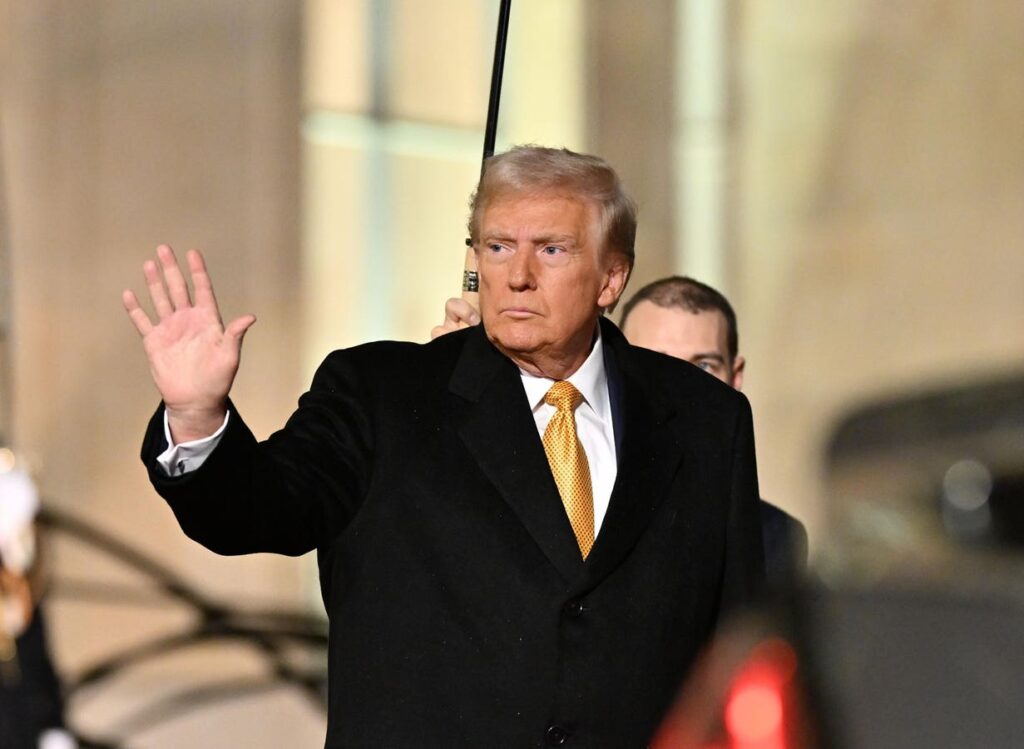As we embark on what many are calling “Trump 2.0” following the recent elections, financial analysts and investors alike are rife with speculation regarding the market’s trajectory during the impending administration. Signs point toward a potentially bullish environment for stocks, as Donald Trump returns to the presidential seat. However, this optimistic outlook is tempered by a sobering reality: while some investors may generate substantial gains, others could see their retirement funds suffer. Notably, two groups of investors might face substantial challenges in navigating this new financial landscape–those adhering to a buy-and-hold strategy and those heavily invested in index funds like the SPDR S&P 500 ETF Trust (SPY). As the market dynamics shift, traditional, passive investment strategies may falter, necessitating a more active, and selective approach.
The uniqueness of this investment climate lies in its characterization as a “stock picker’s market,” where the ability to efficiently enter and exit positions will distinguish successful investors from those who get left behind. This is particularly true for stocks that may be heavily impacted by policy shifts; for instance, General Motors (GM) is a case in point, having faced a tumultuous response after the president-elect signaled possible new tariff implementations on Canadian and Mexican imports. The implications of these tariffs extend beyond GM, affecting other companies that have significant exposure to overseas production, such as toy manufacturers Mattel (MAT) and Hasbro (HAS). Such dynamics underline the importance of remaining informed and agile amidst potential market volatility, as fortunes will depend heavily on strategic decisions made in real time.
With regards to the defense sector, the strategic direction of Trump’s policies may lead to both challenges and opportunities. The potential for peace agreements with nations like Russia and China could usher in a “peace dividend” that adversely affects traditional defense firms, particularly those reliant on manufacturing conventional arms. An example is Lockheed Martin (LMT), which derives a substantial portion of its revenue from systems like the F-35 fighter jet and various missile systems. While the demand for these products is expected to endure, given the growing global defense budgets, companies that have not adapted to changing geopolitical realities may struggle during Trump’s second term.
One notable player in the defense contracting arena is General Dynamics (GD), which is increasingly carving out a niche in the cybersecurity domain. With cybersecurity threats escalating, GD’s Information Technology (IT) division has become pivotal, contributing significantly to profits and positioning the company favorably in contrast to its peers that predominantly focus on physical weaponry. Investment in technological upgrades—evidenced by significant contract wins in cybersecurity—indicates a strategic pivot that allows GD to thrive in an evolving landscape that demands stringent cybersecurity measures alongside traditional defense capabilities.
Moreover, General Dynamics is also leveraging advancements in artificial intelligence (AI) to enhance its service offerings. The deployment of the Luna AI system illustrates its commitment to innovating within the defense sector and sustaining competitive advantages while addressing contemporary threats. While the stock’s performance was relatively stagnant during Trump’s previous term, the integration of AI technology could provide a catalyst for growth that investors are beginning to recognize. Additionally, GD’s strong order backlog, which currently stands at an impressive $137.6 billion, adds to its appeal, suggesting untapped potential that could significantly reward investors in the long run.
In the wake of these developments, the investment community is urged to reassess portfolio strategies. Emphasis on active management and strategic stock selection will become increasingly vital as the Trump administration unfolds. Amid uncertainty and potential repercussions from policy changes, investors must stay vigilant, scrutinizing developments as they arise, particularly in sectors like defense and technology that are uniquely poised for change. Those who adapt their strategies promptly will likely position themselves favorably to capitalize on the opportunities that lie ahead in the evolving financial landscape, while those who cling to outdated approaches could find themselves facing harsh realities in the years to come. The fine balance between risk and reward will determine the success of investors as they navigate the complexities introduced with “Trump 2.0.”

